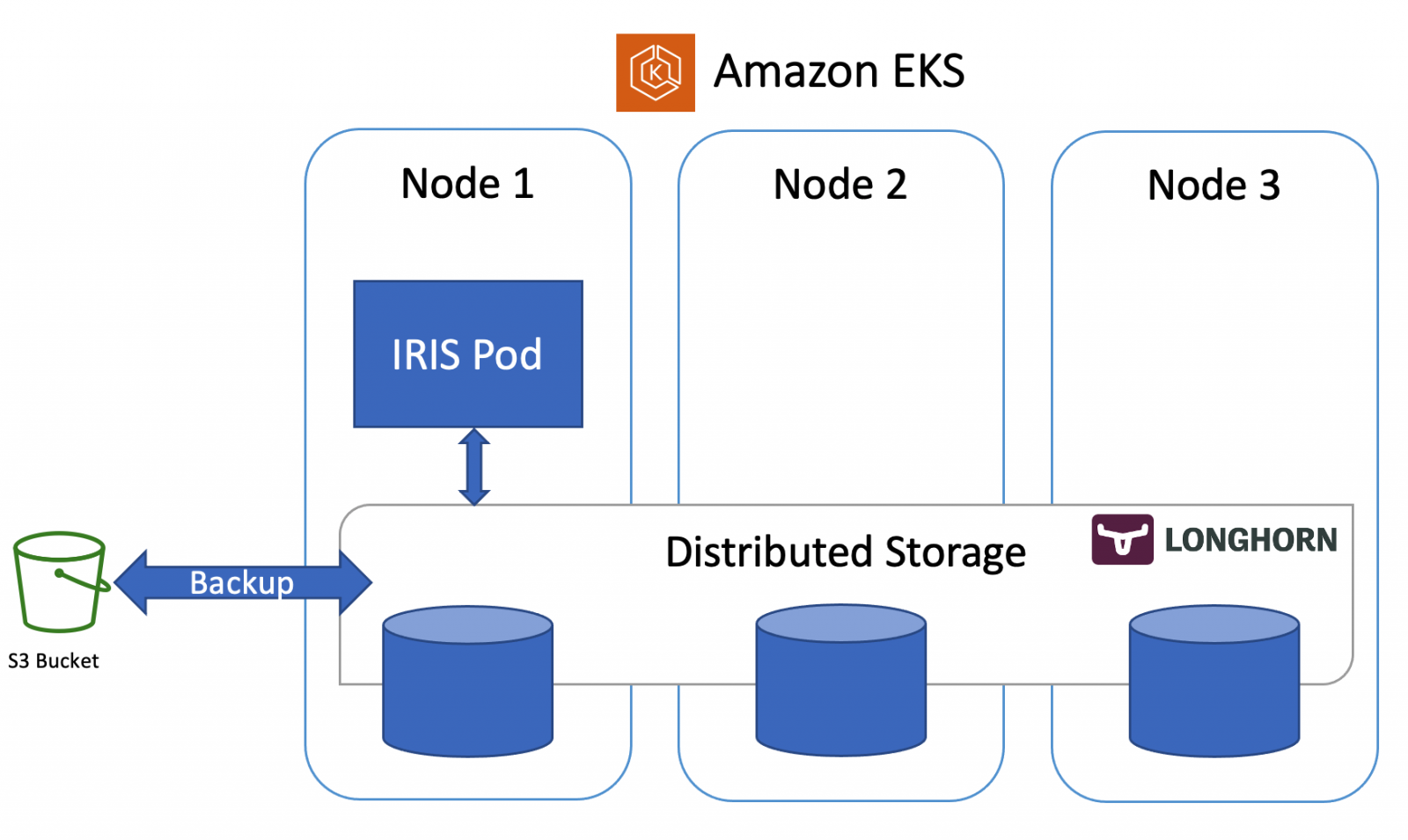Everybody has a testing environment.
Some people are lucky enough to have a totally separate environment to run production in.
-- Unknown
.
In this series of articles, I'd like to present and discuss several possible approaches toward software development with InterSystems technologies and GitLab. I will cover such topics as:
- Git 101
- Git flow (development process)
- GitLab installation
- GitLab WorkFlow
- GitLab CI/CD
- CI/CD with containers
This first part deals with the cornerstone of modern software development - Git version control system and various Git flows.




